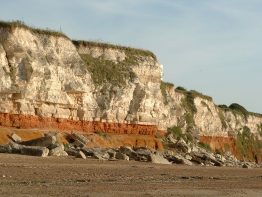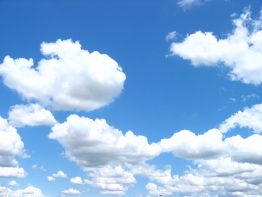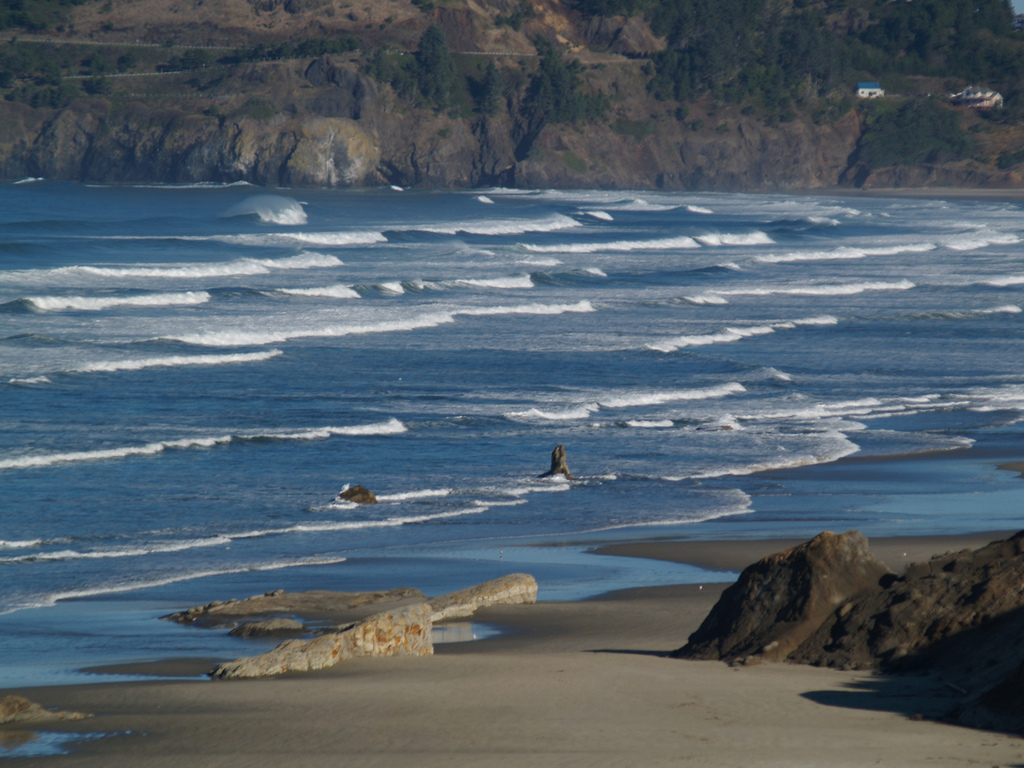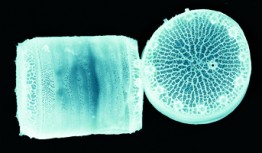Each week we share the latest peer-reviewed publications coming from the College of the Environment. Over the past week, ten new articles co-authored by members of the College of the Environment were added to the Web of Science database, including studies of the global selenium cycle, the pH of Encedalus' ocean, and more. Check them out!
Read more »What does it take to catalogue every glacier in a mountain range?
After days of waiting around in Port Angeles, Washington, Earth and Space Sciences’ T.J. Fudge finally got some good news: a helicopter would be able to drop him and another researcher into the wilderness of Olympic National Park. Fudge didn’t know it yet, but nasty weather would prevent the helicopter from returning to pick them up, leaving the scientists no choice but to hike out.
Read more »Extreme weather and global warming, online outreach, biodiversity conservation and more: This week's published research
Each week we share the latest peer-reviewed publications coming from the College of the Environment. Over the past week, seventeen new articles co-authored by members of the College of the Environment were added to the Web of Science database, including studies on how to analyze uncertainty, microbes in the world's oceans, fencing policies for dry lands, and many more. Read up!
Read more »Broad look at ocean research reveals gaps, opportunities
Scientists have long known that when it comes to the environment and ecosystems, everything is connected. Accounting for those interactions and complexities in nature is a difficult task, yet one that is becoming increasingly important as scientists and managers strive to understand the nitty-gritty of how our world works. The more we understand, the better we can manage and sustain thriving ecosystems and the natural resources that flow from them.
Read more »Genetic switch lets marine diatoms do less work at higher CO2
Tiny drifting algae called diatoms generate about 20 percent of the oxygen produced on Earth each year—more than all of the world’s rainforests. A new study from the College of the Environment’s School of Oceanography and Seattle’s Institute for Systems Biology looked at how common species of diatoms will adjust to sudden and long-term increases in carbon dioxide. The scientists found that when CO2 spikes, as might happen during a sudden change in ocean currents, the diatoms produce a signaling molecule that reduces the energy-intensive process required to concentrate the carbon dioxide.
Read more at UW Today »





